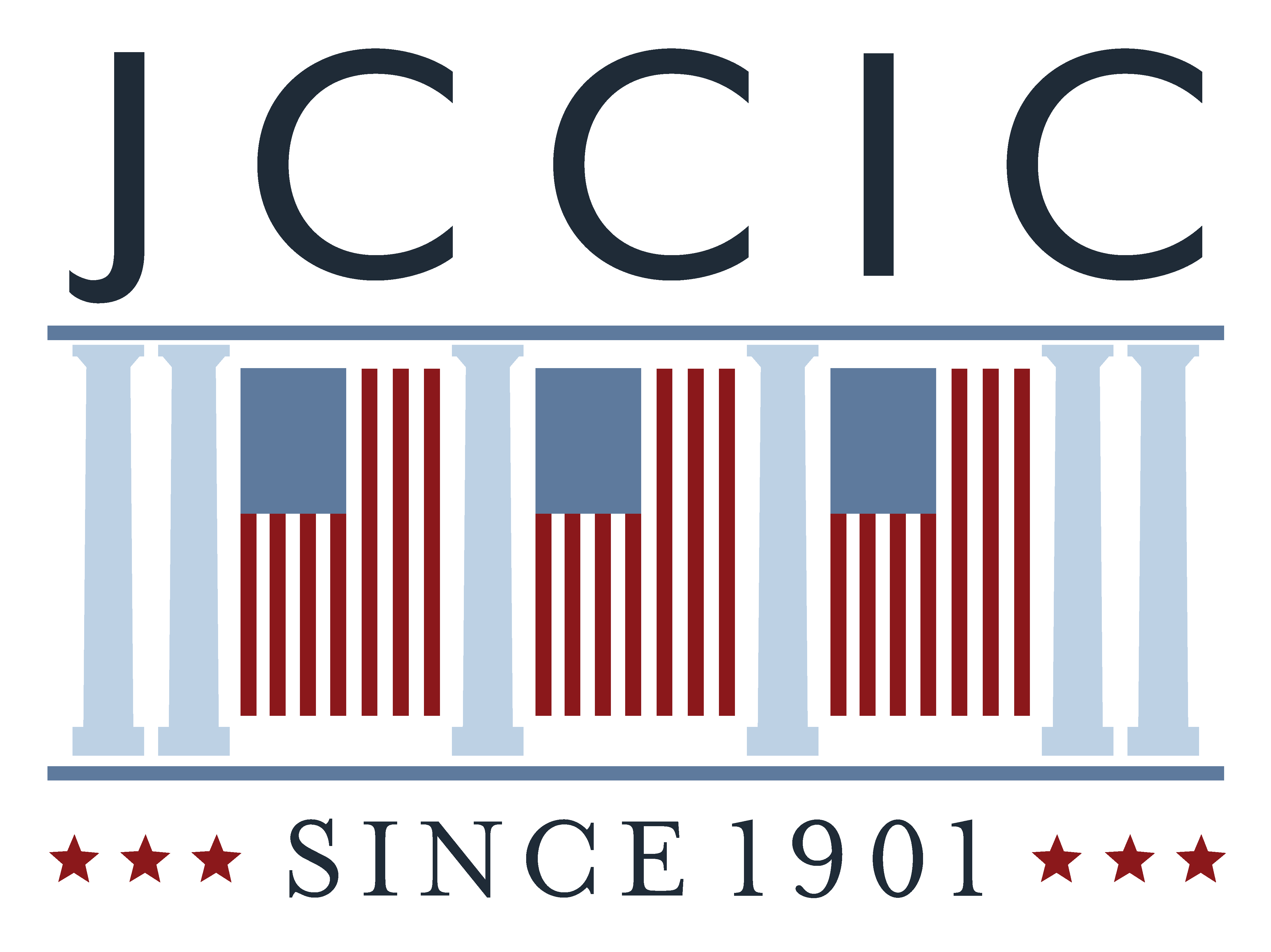VICE PRESIDENT’S SWEARING-IN CEREMONY
Just before the President-elect takes the oath of office on Inauguration Day, the Vice President-elect will step forward on the Inaugural platform and repeat the oath of office. Although the United States Constitution specifically sets forth the oath required by the President, it only says that the Vice President and other government officers should take an oath upholding the Constitution. It does not specify the form of that oath.
The First Congress passed an oath act on June 1, 1789, authorizing only Senators to administer the oath to the Vice President (who serves as the president of the Senate). Later that year, legislation passed that allowed courts to administer all oaths and affirmations. Since 1789, the oath has been changed several times by Congress. The present oath repeated by the Vice President of the United States, Senators, Representatives, and other government officers has been in use since 1884. The oath reads:
I do solemnly swear (or affirm) that I will support and defend the Constitution of the United States against all enemies, foreign and domestic; that I will bear true faith and allegiance to the same; that I take this obligation freely, without any mental reservation or purpose of evasion; and that I will well and faithfully discharge the duties of the office on which I am about to enter: So help me God.
While tradition dictates that the Chief Justice of the Supreme Court administers the oath of office to the President-elect, a variety of officials have administered the oath to Vice Presidents. The president pro tempore of the Senate administered the oath to the first three Vice Presidents—John Adams, Thomas Jefferson, and Aaron Burr—and to many Vice Presidents from the mid-nineteenth century to the early twentieth century. Some Vice Presidents took the oath from the Chief Justice. On some occasions, the outgoing Vice President administered the oath to the Vice President-elect. Since World War II, Vice Presidents have chosen friends and associates to administer the oath of office.
The location of the Vice President’s oath-taking ceremony has also changed since John Adams became Vice President in 1789. Today, the Vice President recites the oath on the Inaugural platform constructed on the West Front of the U.S. Capitol, prior to the swearing-in of the President. Until 1937, most Vice Presidents took the oath of office in the Senate chamber, prior to the President’s Swearing-In Ceremony. This made the Vice President’s Swearing-In Ceremony distinct and separate from the President’s.
For most of the nation’s history, Inauguration Day was March 4, which was also the final day of the congressional session. During the morning, the galleries of the Senate chamber would begin to fill with family members and friends of Senators, Representatives, and the incoming and outgoing Presidents and Vice Presidents. Members of the House, the diplomatic corps, cabinet members, and members of the Supreme Court would enter next. Finally, the Vice President-elect, the President, and the President-elect would enter the crowded chamber, which would then grow quiet to hear the Vice President deliver their farewell address before gaveling the session closed.
At noon (the doorkeeper often had to push the clock hands back to fulfill the noon adjournment requirement), the Vice President-elect would take the oath of office, and then deliver their Inaugural address. Following that, the newly-sworn Vice President would call the Senate into extraordinary session, and then the Senators-elect would come forward and take their oaths of office. Finally, the procession would form and make its way to the East Front Portico of the Capitol for the President’s Swearing-In Ceremony.
In 1937, Inauguration Day moved to January 20, a change enacted by the 20th amendment to the Constitution. The Vice President’s Swearing-In Ceremony also moved, from the Senate chamber to the Inaugural platform on the Capitol’s east front. In 1981, the Inaugural ceremonies moved to the West Front Terrace of the Capitol, where they have been held ever since.
Although the Vice President’s Swearing-In Ceremony lost some of its distinctness after it moved to the East Front Portico, it gained a public audience, and reflected the growing political importance of the Vice President as part of the executive branch of government.

